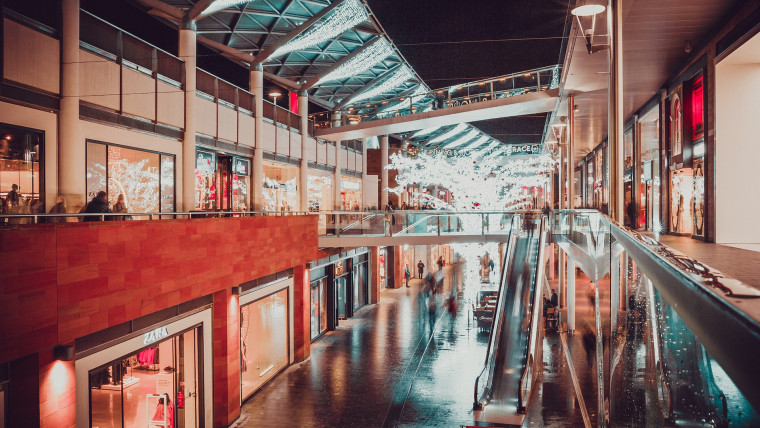Anuj Kejriwal, CEO & MD – ANAROCK Retail
Indian retail is undergoing a profound transformation, with e-commerce soaring to new heights. As of 2023, e-commerce accounts for 7.1% of total sales in India, compared to 4.7% in pre-pandemic 2019. This rapid growth is just the tip of the iceberg. Another significant shift is the rise of omnichannel marketing, a strategy that has moved from optional to essential for retailers.
The Evolution of Omnichannel Retailing
Omnichannel retailing aims to provide a seamless shopping experience across all channels, namely in-store, mobile, and online.
Think of a potluck dinner where each guest brings a different dish. Despite the variety, the host ensures a cohesive and enjoyable meal.
In omnichannel retailing, each sales channel (online store, physical store, mobile app) is like a guest’s dish. The retailer, as the host, ensures all channels work together seamlessly, providing customers with a consistent and unified shopping experience.
First seen in 2010 in global markets like the United States, Canada, Europe, and China, omnichannel strategies made their way to India around 2017 with brands like Levi’s, United Colours Of Benetton, and USPA leading the way in cities such as Delhi, Mumbai, and Bengaluru.

The Drivers of Omnichannel Retail Strategies
Broadly speaking, there are two primary drivers of omnichannel retail strategies:
- Need for brands to leverage scale
- Transformation of stores into fulfilment centres
In 2023, ANAROCK saw 33% more D2C brands opening physical stores. They expanded into 11 top retail markets, up from 9 the previous year.
Brands have evolved, making stores more experiential

There was a 59% increase in store sizes—from an average of 730 sq. ft. in 2022 to 1,160 sq. ft. in 2023—as more brands ventured into offline spaces, integrating omnichannel marketing and curating unique experiences.
Consumer Behaviour and Statistics
Statistics reinforce the trend towards omnichannel strategies:
- Over 70% of Indian consumers conduct online research before making offline purchases (Kantar IMRB).
- Over 40% of consumers prefer a blend of online and offline shopping channels (PWC India).
- Seamless omnichannel experiences result in a 20-25% increase in customer lifetime value (Harvard Business Review).

Omnichannel Success Stories
Lenskart achieved a remarkable 70% conversion rate by strategically leveraging online platforms for product discovery while using their offline stores for try-ons and purchases. Similarly, Fabindia enhanced customer convenience by integrating their online and offline inventories. Nykaa successfully combined beauty advisors in their physical stores with personalised online recommendations and click-and-collect options, creating a cohesive and unified brand experience for their customers.
Omnichannel strategies are no longer an option
It’s not about choosing between online or offline; it’s about harmonising them. Here’s how:
- Offer seamless inventory visibility across channels.
- Enable click-and-collect, buy online, return in-store (BORIS), and other omnichannel fulfilment options.
- Train staff to be omnichannel champions, guiding customers seamlessly.
- Leverage data to personalize the experience across channels.
Summing Up
As brands harmonise digital and physical shopping experiences, they unlock new levels of customer engagement and satisfaction. For Indian retailers, the message is clear: to thrive in this evolving market, it’s time to embrace the omnichannel revolution. Because in today’s world, it’s not about being everywhere; it’s about being everywhere your customer needs you to be.
Welcome to the future of retail, where convenience, connectivity, and customer-centricity reign supreme. Ready to ride the omnichannel wave? The journey has just begun.






